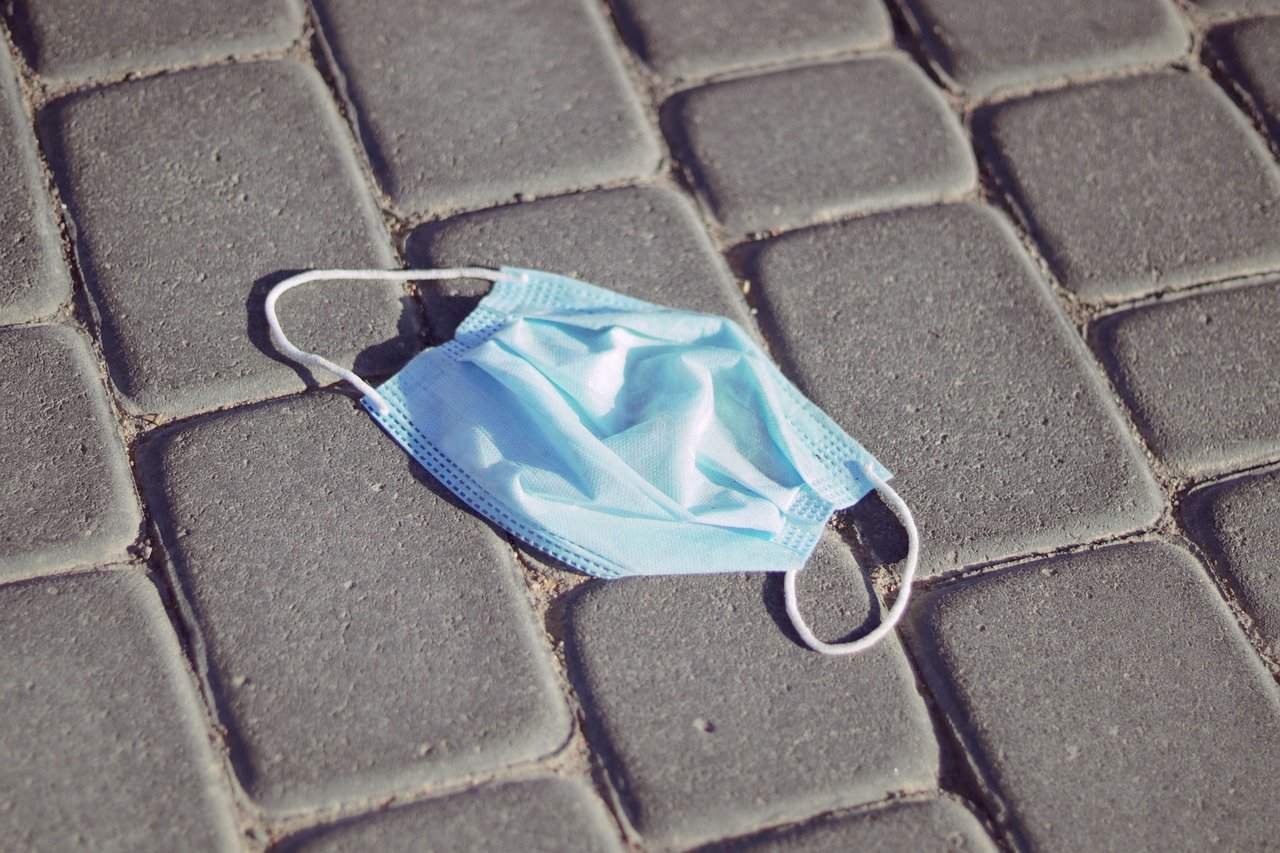
The Unmasking
By Galen Lastko,
Published in the Humboldt Independent on June 22, 2021
As of June 15th, California has had enough. For those fortunate enough to have been fully vaccinated, masks are no longer required in public spaces. COVID-related restrictions on businesses have also been lifted, eliminating the capacity limits that have been in place now for over a year in some places. While I’d love to welcome this change in policy as a sign of better times to come, it wouldn’t be the first time we got burned for letting our guard down prematurely. Different approaches to COVID restrictions have now had time to prove their efficacy, and while California is doing pretty admirably at this point, I’m probably not the only person wondering if we’re getting ahead of ourselves.
It remains to be seen exactly how (and how strictly) businesses and gatherings will be about verifying individual vaccinations.
Although masks and social distancing have unquestionably played a part in containing the spread of COVID-19, it seems the restrictions on public gatherings have really done the bulk of the heavy lifting. While masks will still be required in those situations for the unvaccinated, it remains to be seen exactly how (and how strictly) businesses and gatherings will be about verifying individual vaccinations. Governor Gavin Newsom has stated that California will be deploying an electronic vaccination verification program, but downplays its role as a “vaccine passport”, claiming that it will be no different than an electronic version of a paper card. The Biden administration has thus far encouraged the private sector and local governments to address vaccine verification on their own, and has no plans for a federal verification program. Since even a single person lying about their vaccine status in a crowded space is beyond dangerous, it does seem like we’ll need something better than the honor system, but exactly how vaccine verification will take place and how important it is, will become more clear in the weeks to come, for better or worse. In the meantime, it’s not going to hurt anyone to stay masked a little while longer.
While it takes a lot more than the end of a global pandemic to get me out of my cave, for those of you who aren’t hermits, this week might be the first time in more than a year that things seem relatively normal. Which would be just fine, if not for the fact that things have been distinctly abnormal these past months. If you’re feeling a little apprehensive about life after COVID-19, you’re certainly not alone. Lots of us have found we don’t mind working in our pajamas and prefer the company of our pets and family to our co-workers, or have discovered how nice it is to not work at all, as more and more businesses report difficulty hiring and retaining staff in this time of stimulus checks and unemployment. Consider speaking to a healthcare provider about your experiences and do not hesitate to prioritize your mental health and wellbeing during these uncertain and unsettling times. You’re very far from alone.
If you’re feeling a little apprehensive about life after COVID-19, you’re certainly not alone.
Even if we do see a jump in the case rates over the next few weeks, it would be reactionary to suggest this is avoidable. Even a full quarantine or lockdown isn’t entirely foolproof, so don’t let the numbers trap you in a place of fear. If you’d prefer to err on the side of caution, there’s nothing that mandates you have to be sociable, or that you can’t wear a mask. A little healthy paranoia goes a long way. Feel free to contact your health care provider if you’re unsure if a certain activity or situation is safe for you or your family to participate in.
Galen Lastko, submitted on behalf of the SoHum Health’s Outreach department.